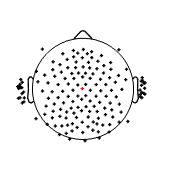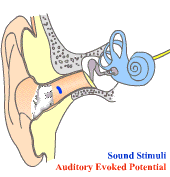Sleep Monitoring Using Ear-Centered Setups: Investigating the Influence From Electrode Configurations
IEEE Transactions on Biomedical Engineering (TBME)
//www.embs.org/tbme/wp-content/uploads/sites/19/2022/06/ieee-tbme-logo2x.png
We combine ear-EEG sleep recordings with a state-of-the-art sleep scoring model, ‘seqsleepnet’, to investigate the upper limits of mobile sleep scoring. We manage to further improve on the state of the art in this field, and perform a detailed analysis of the influence of electrode positioning. From this, we find a general rule of thumb that as long a data set contain EOG information and electrode distance on the order of the width of the head, then good automatic sleep scoring is possible. We also find indications that the obtained automatic scoring may be more reliable than the manual scoring.
read more


